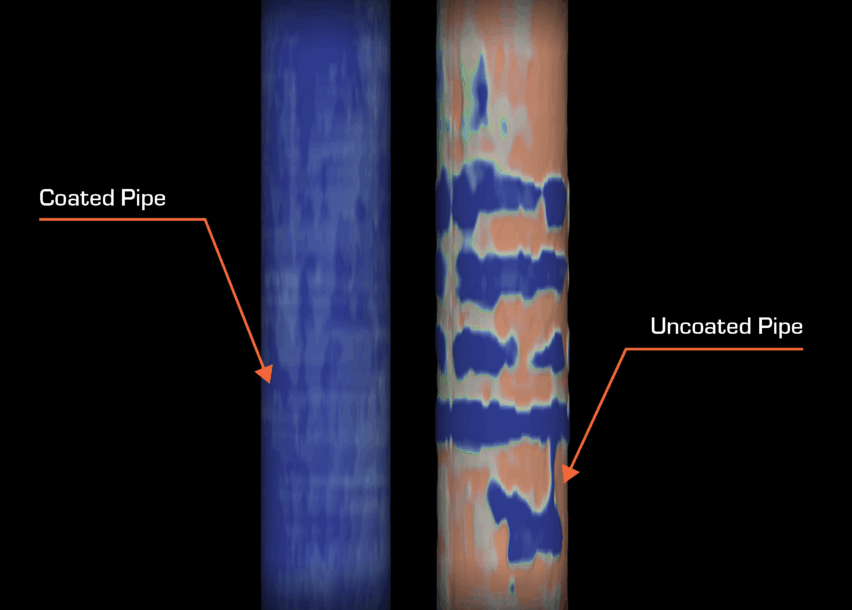Unlock content

Share this

An operator in the Permian Basin was planning a new frac campaign and sought to optimize key completion design parameters to minimize cost while maximizing recovery rates. Faced with multiple design choices, the operator needed a way to compare and verify the impact of decisions.
The operator designated 5 wells as control wells and implemented incremental design changes in the remaining 5 wells. DarkVision scanned each well in a single high-speed pass to provide detailed insights to answer the operator’s questions.

HADES-R
DarkVision evaluated over 200 plug set locations for wall loss, breaches, and depth set accuracy. Over 7,000 perforations were inspected for erosional growth, proppant distribution, and perf placement.
The results were clear: an advanced plug analysis revealed that one of the three plug solutions has more performance and isolation issues. This led to higher amounts of casing damage and lower proppant distribution uniformity as downhole stages of failed plugs were overly stimulated.
The operator confirmed that their chosen perforation orientation pattern performed adequately compared to the alternative proposed solution which would have been more costly. However, 40% to 70% of perforations contained plugging regardless of orientation. This revealed that more optimization could be done to improve well performance, including refining perf sizing, mud systems, drill-out and clean-out procedures, and stage spacing to increase recovery rates while further lowering completion costs.
DarkVision’s 3D acoustic imaging was instrumental in helping the operator understand key design decisions for their wells and in ensuring that the operator had a high-performing, cost-effective completions design for future wells. This validated that they weren’t leaving untapped potential and could avoid unnecessary costs.
By clicking Submit you’re confirming that you agree and consent to our Terms and Conditions.